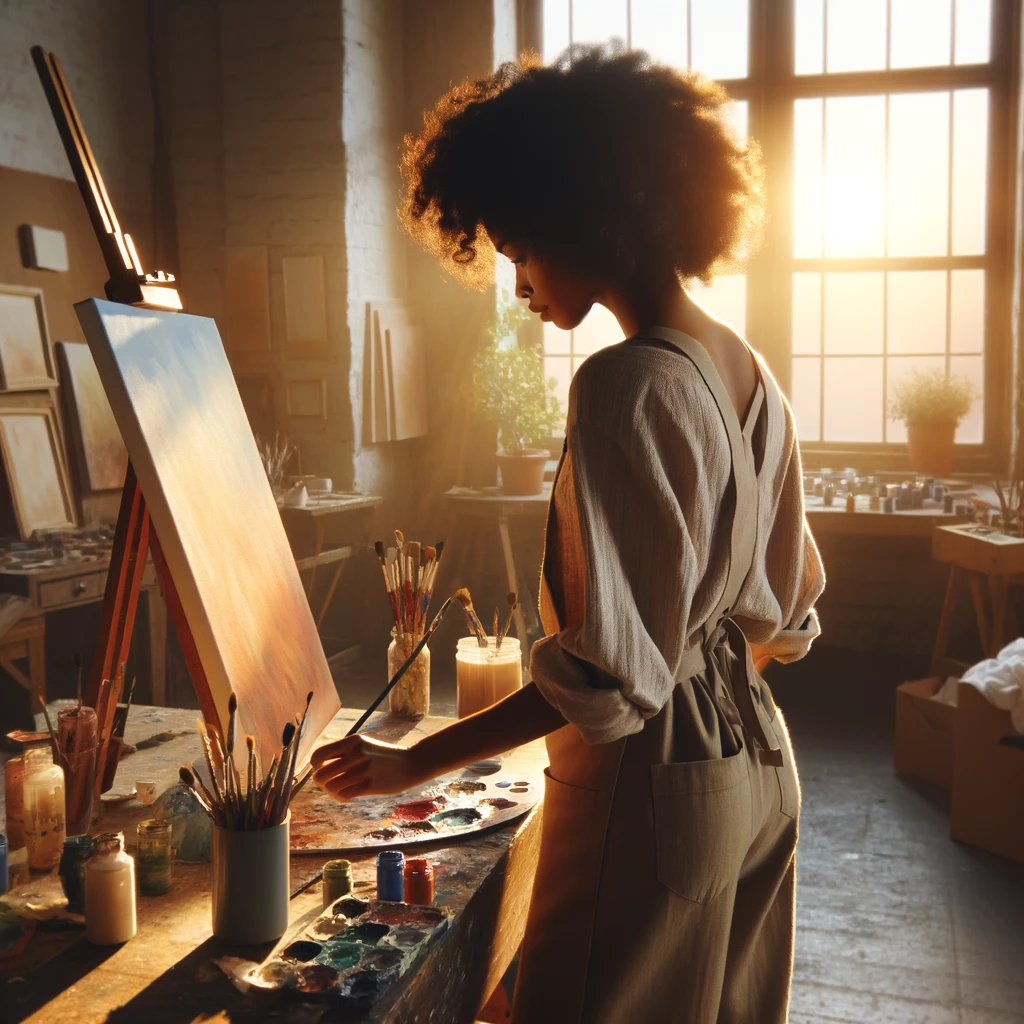Introduction
Art has been a part of human civilization since ancient times, serving as a medium for self-expression, storytelling, and cultural preservation. While many people appreciate art for its aesthetic value, there is a growing interest in collecting art as a hobby and investment. In this blog post, we will explore the various benefits of collecting art and provide insights on how and why people should consider starting their own art collection.
1. Personal Enjoyment and Aesthetic Pleasure
One of the primary reasons people collect art is for personal enjoyment and the aesthetic pleasure it brings. Art has the power to evoke emotions, inspire creativity, and create a sense of tranquility in our living spaces. Whether it’s a vibrant painting, a thought-provoking sculpture, or a delicate piece of pottery, surrounding ourselves with art can enhance our overall well-being and create a more visually stimulating environment.
2. Investment Potential
While collecting art should primarily be driven by passion and personal taste, it is worth noting that art can also be a wise investment. Over time, certain artists’ works can appreciate significantly in value, making art an attractive asset class. However, it’s important to approach art collecting as a long-term investment strategy and do thorough research on the artists, their market trends, and the authenticity of the artworks.
3. Cultural and Historical Significance
Art is a reflection of our culture and history. By collecting art, we can contribute to the preservation and promotion of our cultural heritage. Artworks often serve as time capsules, capturing the essence of a particular era, movement, or social commentary. Owning and displaying art from different periods allows us to connect with the past, gain a deeper understanding of our roots, and appreciate the diversity of artistic expressions.
4. Supporting Artists and Artistic Communities
Collecting art is not just about acquiring beautiful objects; it is also about supporting artists and the artistic communities they belong to. By purchasing art directly from artists or local galleries, collectors can provide financial support, recognition, and encouragement to talented individuals who dedicate their lives to creating art. This support helps sustain the arts ecosystem and ensures that artists can continue to produce meaningful work.
5. Building a Personal Legacy
An art collection can be seen as a personal legacy that can be passed down from one generation to another. By carefully curating and documenting our art collection, we create a tangible representation of our tastes, experiences, and values. Sharing our collection with loved ones and future generations allows them to appreciate our aesthetic choices, learn about different artists and art movements, and continue the tradition of art appreciation.
How to Start Collecting Art
Now that we have explored the benefits of collecting art, let’s discuss how to get started:
1. Educate Yourself
Learn about different art forms, artists, and art movements. Visit museums, galleries, and art fairs to familiarize yourself with various styles and techniques. Attend art lectures, workshops, and exhibitions to deepen your knowledge and understanding.
2. Define Your Interests and Budget
Identify the types of art that resonate with you and align with your personal taste. Determine your budget and set realistic expectations. Remember, collecting art doesn’t have to be limited to expensive masterpieces; emerging artists and prints can also be valuable additions to your collection.
3. Connect with Artists and Galleries
Engage with artists, attend their showcases, and develop relationships with local galleries. Networking with professionals in the art world can provide valuable insights, access to exclusive artworks, and opportunities to meet like-minded collectors.
4. Start Small and Curate Thoughtfully
Begin your collection with smaller, more affordable pieces that you genuinely love. As your knowledge and budget grow, you can gradually expand your collection and invest in more significant artworks. Curate your collection thoughtfully, considering themes, styles, and artists that resonate with you.
5. Seek Expert Advice
Consulting art advisors, curators, or experienced collectors can provide valuable guidance when making significant purchases or navigating the art market. They can help authenticate artworks, assess their condition, and provide insights into market trends.
Conclusion
Collecting art is a rewarding and enriching experience that offers numerous benefits. From personal enjoyment and aesthetic pleasure to investment potential and cultural significance, art collecting allows us to connect with our emotions, support artists, and create a lasting legacy. By following the steps outlined above, anyone can embark on their own art collecting journey and discover the joy of owning and appreciating art.




0 Comments